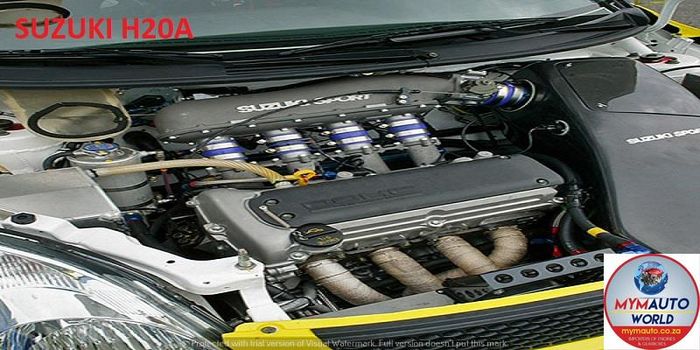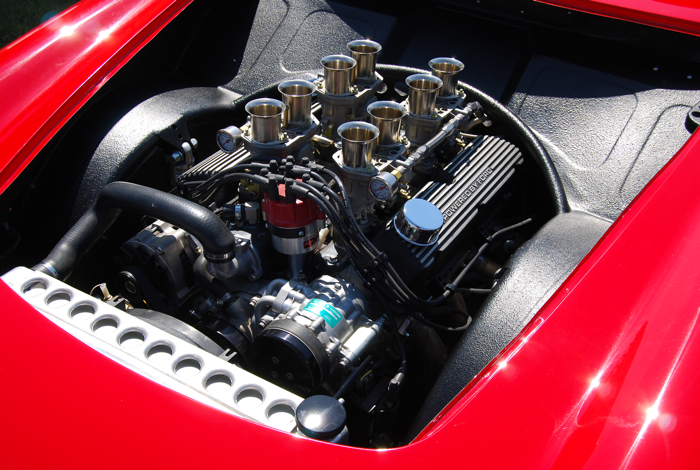Opel Corsa Engine: Common Issues and Exactly How to Fix Them
Opel Corsa Engine: Common Issues and Exactly How to Fix Them
Blog Article
Discovering the Inner Workings of a Compact Vehicle's Engine System
As drivers, we often consider provided the intricate processes that happen within the boundaries of our lorry's engine system. The small yet complicated equipment that moves us onward is a marvel of design accuracy and sychronisation. From the controlled surges in the burning chamber to the precise timing of gas shot, every component plays an important role in the smooth operation of the engine. In this expedition of a compact lorry's engine system, we will certainly unravel the internal workings of this mechanical harmony, clarifying the secrets that drive us onward on our day-to-day journeys.
Burning Refine Review
The burning process in a compact automobile's engine system is a critical system that effectively transforms gas right into power to power the car. This process occurs within the burning chamber of the engine, where gas and air mix, stir up, and create regulated explosions. The burning process contains 4 primary stages: intake, compression, exhaust, and power.
Throughout the consumption stage, the piston relocates downward, drawing in a blend of air and gas into the combustion chamber. The next stage, compression, includes the piston moving upwards, pressing the air-fuel mixture to boost its effectiveness. Ultimately, in the power stage, the trigger plug stirs up the compressed mixture, resulting in a quick growth of gases that forces the piston pull back. This down motion produces the power needed to drive the car. Ultimately, in the exhaust phase, the burned gases are gotten rid of from the burning chamber via the exhaust valve, preparing the chamber for the following cycle. This cyclic burning process is essential to the operation of a compact car's engine system, making certain effective power conversion for propulsion.
Piston and Cylinder Communication

The piston's precise fit within the cylinder is crucial for preserving ideal compression and protecting against energy loss during combustion. Limited clearances between the piston and cyndrical tube walls guarantee reliable securing, enabling the piston to relocate efficiently without allowing gases to leakage past. Appropriate lubrication is also crucial to decrease friction and put on in between these parts, improving longevity and performance.
Additionally, the style and products used in producing the piston and cyndrical tube influence engine performance and resilience. Modern engines typically use light-weight yet sturdy products like aluminum alloys for pistons and cylinder liners to lower inertia and boost thermal efficiency. In general, the unified communication between the piston and cylinder is basic to the engine's functionality and general performance.
Fuel Shot System Performance
Fuel injection systems in small car engines play an important duty in exactly delivering gas to the combustion chamber for regulated and effective ignition. The fuel shot system functions by infusing gas into the burning chamber at the optimal moment throughout the engine's operation (opel corsa engine). This specific timing makes certain that the fuel mixes uniformly with the air for appropriate burning, bring about enhanced gas efficiency and minimized emissions
There are primarily two kinds of gas injection systems utilized in portable automobile engines: port browse around here fuel shot (PFI) and straight gas shot (DFI) PFI systems inject gas into the consumption port before the intake valve, while click to read DFI systems infuse gas straight right into the combustion chamber. Both systems have their benefits, with DFI using far better fuel atomization and PFI giving a much more affordable remedy.
Understanding Engine Cooling Devices
Efficient procedure of a small car's engine relies greatly on the efficiency of its cooling systems. The cooling system in a portable automobile normally consists of several parts working with each other to control the engine temperature. Recognizing these engine air conditioning mechanisms is essential for preserving the performance and long life of a small lorry's engine system.

Exhaust System Parts Explained
The ideal performance of a small lorry's engine cooling devices depends on a complementary system understood as the exhaust system, which consists of different crucial components for making certain efficient discharges and engine efficiency. The exhaust manifold collects exhaust gases from the engine's routes and cylinders them to the catalytic converter.
One crucial element of the exhaust system is the oxygen sensing unit, which monitors the oxygen levels in the exhaust gases to assist manage fuel consumption and make sure optimum engine performance. opel corsa engine. Furthermore, the resonator might exist in some exhaust systems to decrease sound degrees. Overall, the exhaust system plays an important function in keeping engine performance, reducing damaging exhausts, and making certain a quieter driving experience for compact car owners

Final Thought
In verdict, the compact car's engine system is a complicated mix of parts that collaborate to help with the combustion process, transform gas right into power, and eliminate waste gases. Understanding the inner functions of the engine system, consisting of the piston and cyndrical tube communication, gas shot system, engine air conditioning devices, and exhaust system parts, is crucial for preserving ideal performance and effectiveness of the automobile.
The burning procedure in a portable lorry's engine system is a crucial mechanism that efficiently converts fuel into energy to power the car.Gas shot systems in small lorry engines play a vital role in specifically providing gas to the burning chamber for reliable and controlled ignition.There are largely two kinds of gas shot systems utilized in small vehicle engines: port fuel shot (PFI) and straight fuel injection (DFI) Recognizing these engine air visit our website conditioning systems is crucial for preserving the performance and long life of a portable automobile's engine system.
The optimal functioning of a portable automobile's engine cooling mechanisms depends on a corresponding system understood as the exhaust system, which makes up various important components for ensuring reliable discharges and engine performance.
Report this page